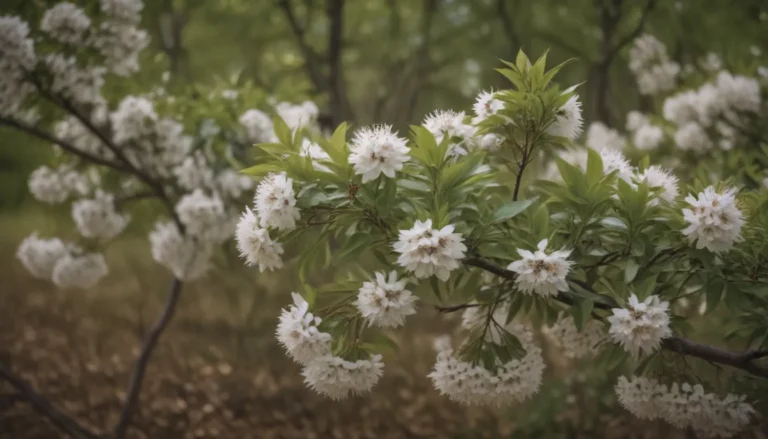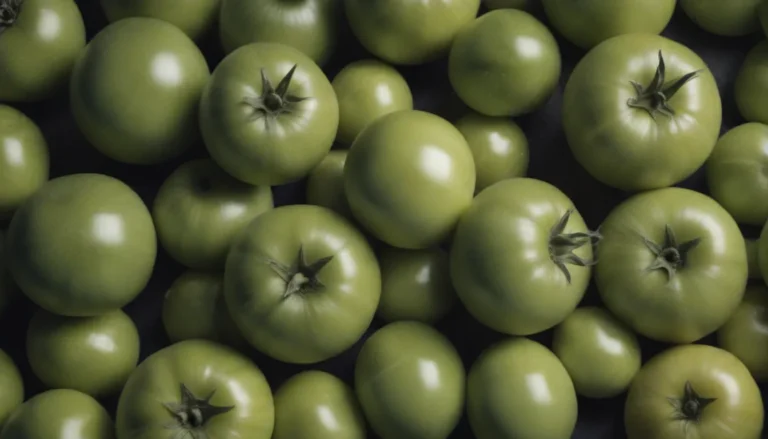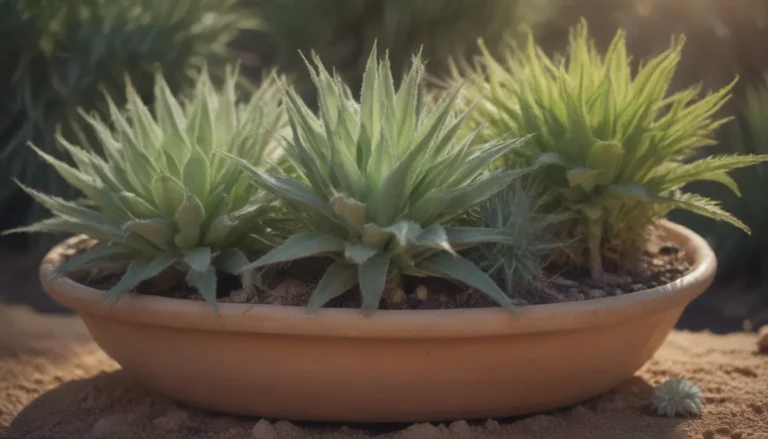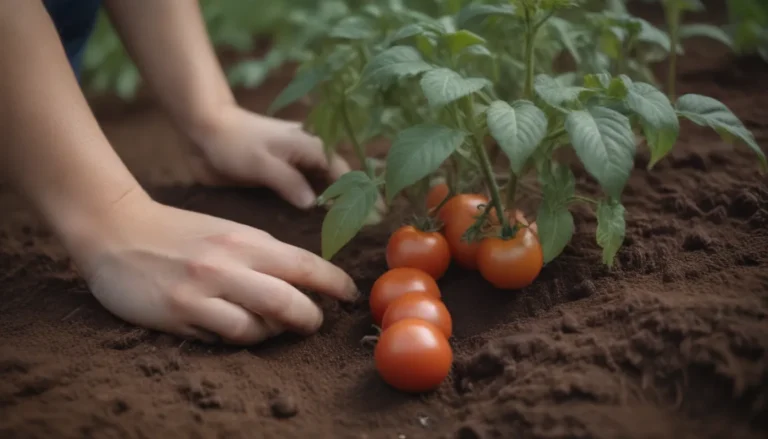The Ultimate Guide to Core Aeration: Breathe New Life into Your Lawn
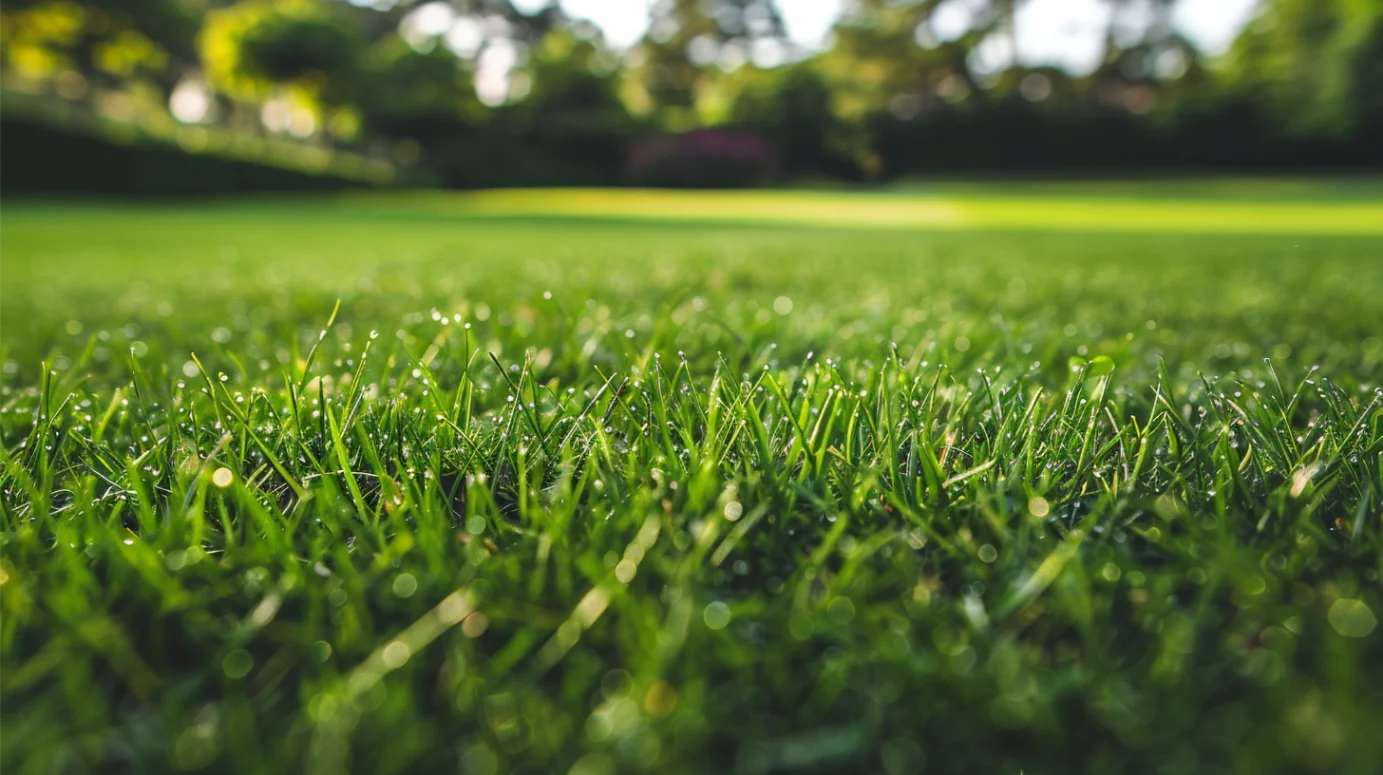
Ever wondered why some lawns look lush and vibrant while others struggle to thrive? The secret might be hiding beneath your feet. Today, we’re diving deep into the world of core aeration – a game-changing lawn care technique that could transform your yard from lackluster to luxurious.
What is Core Aeration?
Picture this: your lawn is like a sponge. When it’s fresh and new, it soaks up water and nutrients effortlessly. But over time, it gets compacted and struggles to absorb what it needs. That’s where core aeration comes in.
Core aeration is a lawn care process that involves removing small plugs of soil from your lawn, creating tiny holes that allow air, water, and nutrients to penetrate deep into the root zone. It’s like giving your lawn a breath of fresh air – literally!
The Core Aeration Process
- A special machine called a core aerator rolls over your lawn.
- Hollow tines on the machine punch into the soil.
- Small cylinders of soil (cores) are extracted and left on the lawn surface.
- These holes allow for better air, water, and nutrient circulation.
Why Your Lawn is Crying Out for Core Aeration
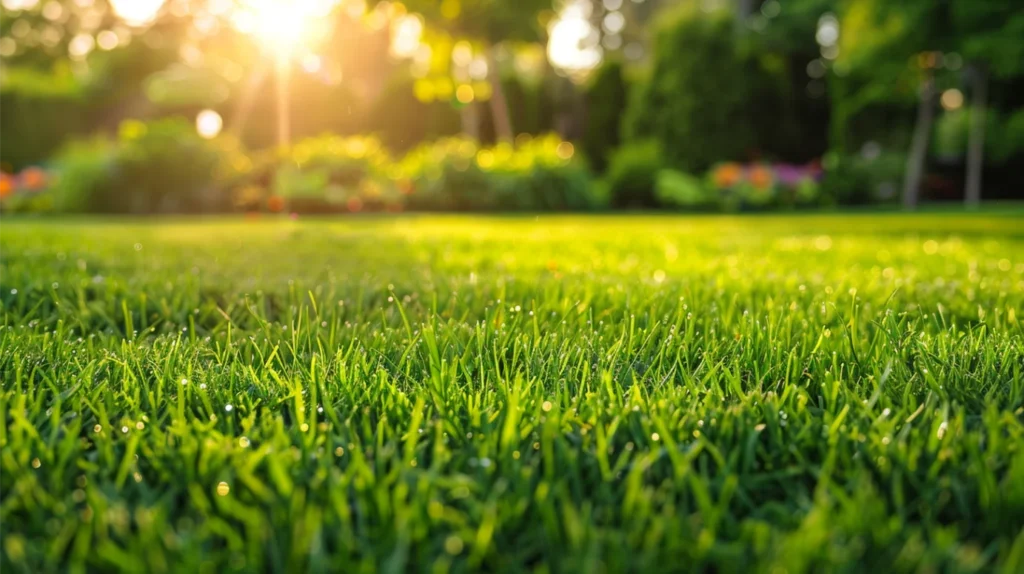
You might be thinking, “My lawn looks fine. Do I really need to aerate?” The answer is probably yes, and here’s why:
Soil Compaction: The Silent Lawn Killer
Over time, foot traffic, mowing, and natural settling cause soil to compact. This compaction:
- Restricts air flow
- Limits water absorption
- Hinders root growth
- Makes it difficult for nutrients to reach the roots
Core aeration breaks up this compaction, giving your grass roots the space they need to stretch out and thrive.
Thatch: Too Much of a Good Thing
Thatch is a layer of dead grass, roots, and debris that accumulates between the soil surface and the green grass blades. While a thin layer of thatch can be beneficial, too much can cause problems:
- It acts as a barrier, preventing water and nutrients from reaching the soil
- It can harbor pests and diseases
- Excessive thatch can lead to shallow root systems
Core aeration helps break down thatch, preventing these issues and promoting a healthier lawn.
The Fantastic Benefits of Core Aeration
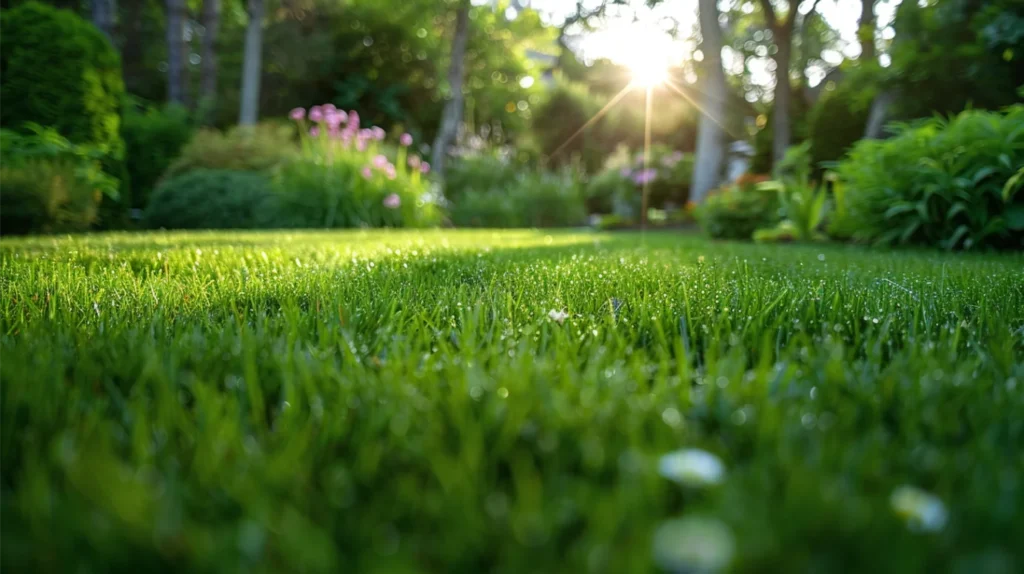
Let’s talk about the good stuff. When you treat your lawn to core aeration, you’re setting it up for success in many ways:
- Improved Air Exchange: Those little holes allow oxygen to reach the roots, promoting healthier growth.
- Enhanced Water Absorption: Water can penetrate deeper into the soil, encouraging deeper root growth and drought resistance.
- Better Nutrient Uptake: Fertilizers and other nutrients can more easily reach the root zone.
- Reduced Water Runoff: Aeration helps water soak into the soil instead of running off, which is great for water conservation.
- Stronger Root System: With more space to grow, roots can develop deeper and stronger.
- Increased Resistance to Stress: A healthier lawn is better equipped to handle heat, drought, and foot traffic.
- Improved Soil Structure: Over time, core aeration helps create a better environment for beneficial soil microorganisms.
When Should You Aerate Your Lawn?
Timing is everything when it comes to core aeration. The best time depends on your grass type:
- Cool-Season Grasses (like Kentucky bluegrass, fescue, and ryegrass): Early fall or early spring
- Warm-Season Grasses (like Bermuda grass, zoysia, and St. Augustine): Late spring to early summer
Pro Tip: Avoid aerating during extreme heat or drought, as this can stress your lawn.
DIY or Hire a Pro? Your Core Aeration Options
You’ve got two main options when it comes to aerating your lawn:
The DIY Approach
If you’re handy and don’t mind a bit of hard work, you can rent a core aerator from most home improvement stores. Here’s what you need to know:
- Water your lawn 1-2 days before aerating to soften the soil.
- Mark sprinkler heads, shallow utility lines, and other obstacles.
- Run the aerator over your lawn, making sure to cover the entire area.
- Leave the soil plugs on the lawn – they’ll break down and add nutrients back to the soil.
Hiring a Professional
For larger lawns or if you prefer to leave it to the experts, professional lawn care services offer core aeration. They have the equipment and expertise to do the job quickly and effectively.
Beyond Aeration: Maximizing the Benefits
To get the most out of core aeration, consider these follow-up steps:
- Overseeding: The holes created by aeration provide perfect spots for new grass seed to germinate.
- Fertilizing: Apply fertilizer after aerating to ensure nutrients reach the root zone.
- Topdressing: Spreading a thin layer of compost or sand can improve soil structure and provide nutrients.
Common Core Aeration Myths: Busted!
Let’s clear up some misconceptions:
- Myth: Aeration creates a messy lawn. Truth: The soil plugs break down quickly, usually within a week or two.
- Myth: You need to aerate every year. Truth: Most lawns benefit from aeration every 2-3 years, though high-traffic areas might need it annually.
- Myth: Aeration will damage your grass. Truth: While it might look a bit rough immediately after, aeration promotes healthier, stronger grass in the long run.
Is Your Lawn Ready for Core Aeration?
Here are some signs that your lawn might be crying out for core aeration:
- Water pools on the surface after rain
- Grass looks stressed or thins out easily
- Soil feels hard and compacted
- Thatch layer is more than 1/2 inch thick
If you’re nodding along to any of these, it might be time to give core aeration a try.
The Environmental Impact of Core Aeration
Core aeration isn’t just good for your lawn – it’s good for the environment too:
- Reduces water runoff and soil erosion
- Decreases the need for chemical fertilizers and pesticides
- Promotes a healthier ecosystem in your soil
Conclusion: Give Your Lawn Room to Breathe
Core aeration might not be the most glamorous lawn care technique, but it’s certainly one of the most effective. By giving your soil and grass roots the space they need to thrive, you’re setting the stage for a healthier, more vibrant lawn.
Remember, a little bit of effort now can lead to a lush, green lawn that’s the envy of the neighborhood. So why not give core aeration a try? Your lawn will thank you with every blade of grass.
Ready to take the plunge? Whether you decide to DIY or call in the pros, core aeration is a step towards a healthier, happier lawn. Here’s to greener days ahead!
